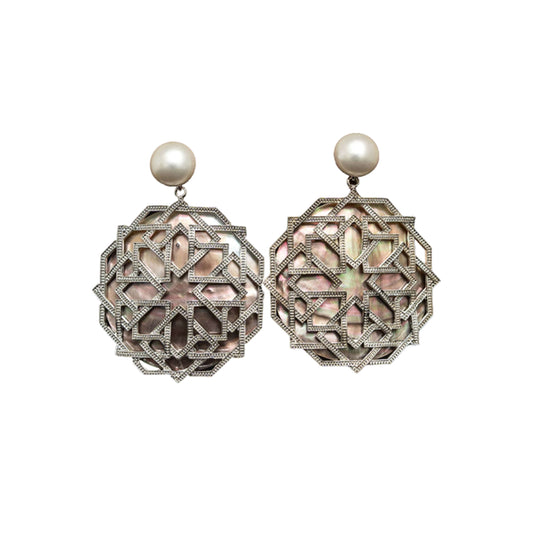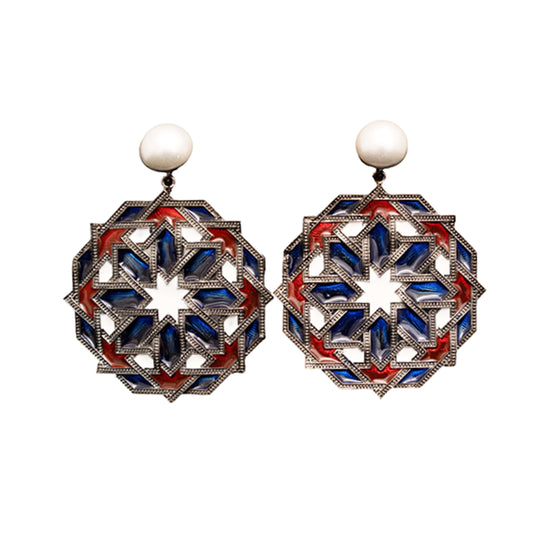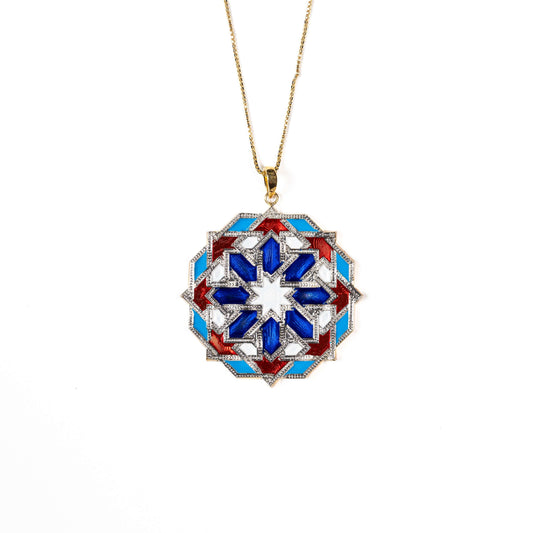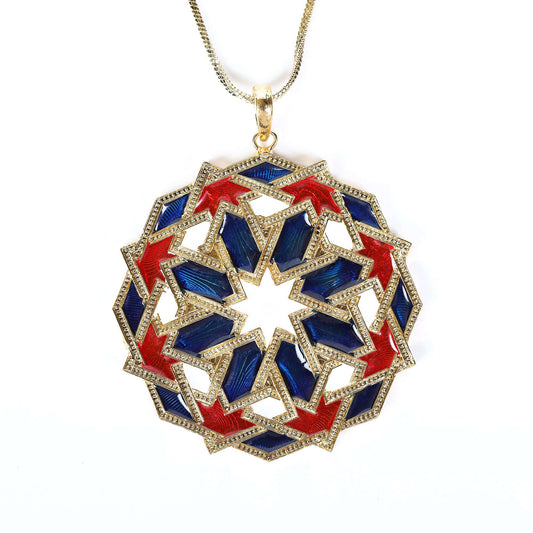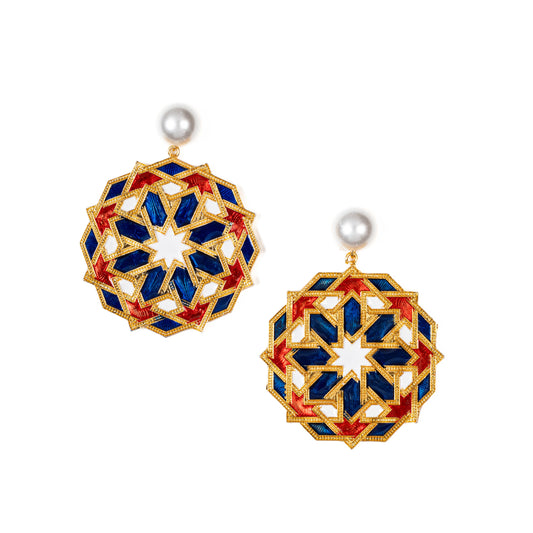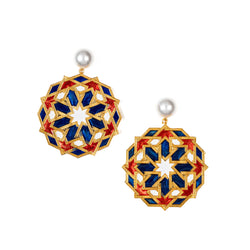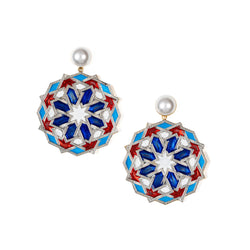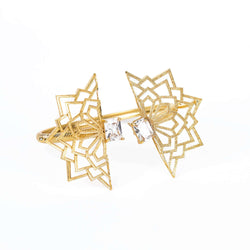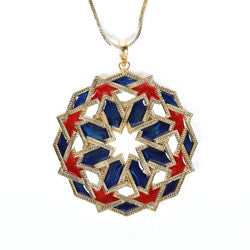When talking about timeless elegance in jewelry, it is hard to find material that can match the radiant magnificence of the pearls and the mother of pearl. These two natural materials are in nature, made differently, and are discussed mostly interchangeably in marketing and conversation. They are not only different in their genesis but also in appearance, value, and the way they are used in the world of fine jewelry. If you want to buy luxury designer pieces from labels such as Nainika Sarda, where the choice of the material is very carefully planned, you must be able to distinguish the two substances.
Firstly: where do pearl jewelry and the mother of pearl jewelry differ, and why is it important?
What is Pearl?
A pearl is a jewel of great rarity and value that is produced inside the flesh of a mollusk, usually an oyster or a mussel. It is generated because of a foreign body entering the shell and the mollusk responding by releasing successive layers of nacre (a smooth, crystalline substance) around it. Gradually this process results in a shiny spherical pearl. Besides, they can be either natural - extremely rare - or cultured - from controlled environments.
Pearls are loved for:
- Their round or odd shape
- Their natural iridescence and shininess
- Them being the symbols of purity, femininity, and status
Considering the painstaking farming process and the time needed for their formation, pearls usually are more expensive in fine jewelry.
What is Mother of Pearl?
Mother pearl, also called nacre, is the substance that forms a pearl—only in this case; it is not in a spherical shape but rather in a lining of the mollusk's inner shell. It is the culprit of an oyster and abalone shells' interior being visually like a rainbow while the light hits them. Compared to pearls, the mother of pearl is collected from the shells themselves, which therefore makes it more plentiful and cheaper.
Mother of pearl is typically utilized for:
- Filling the voids/crevices of bangles, pendants, and earrings
- Watch dials and button covers
- Surface decoration possessing the soft and luminous charm
The Difference in Jewlery
The difference can be important because it changes the designer's conception, and it also impacts the value of the jewelry.
For example, Nainika Sarda uses both pearls and mother of pearls in her collections, but only for one. The process of the mother of pearl collection is what allows the softest tones and colors to be used in bolder shapes. But pearls appear as the more concentrated, and the thinness of the pieces is highlighted using the craft of tradition and by the introduction of the work of the craftsman.
Her very thoughtful way points out a fundamental principle in a design: the materials that are going to be the jewelry, the story that it is going to tell. Although the pearl and the mother of pearl are natural products created by the same biological process, they are completely different characters in the world of jewelry. Like Nainika Sarda, designers know the great potential of both and so they use them for their beauty, as well as for their symbolism, the type of surface, and the ability to give a perfect match to the jewelry and even manufacture mandala mother of pearl jewelry.
Whenever you purchase jewelry, especially designer ones, understanding the difference will make you appreciate the workmanship more and this will also make sure that you are going to wear the story of your choice with full intention.
